Kanazawa is a city located in Ishikawa Prefecture, and is home to one of Japan’s oldest shopping streets, Kazuemachi Chaya District, where you can still experience traditional tea houses that have been operating since the Edo period.
Easy and convenient to reach by train from Tokyo, Kanazawa can be easily integrated in any longer Japan itinerary.
Kanazawa was a wealthy region during the Edo period, thriving from its production of gold leaf and sophisticated crafts. Gold leaf is still very much an attraction on its own in Kanazawa, being prevalent in museums, souvenirs and even applied on ice cream.
My husband Greg and I visited Kanazawa recently, and based on our trip there, I will share the best attractions in Kanazawa for you and your family. I will cover the best locations to visit, local food to try and the most important attractions you won’t want to miss.
Table of Contents
- Stroll through Kenrokuen Garden
- Explore Higashi Chaya District
- Sample delicacies at Omicho Market
- Discover Kanazawa Castle’s history
- Uncover cultural insights in Nishi Chaya District
- Engage with art at the 21st Century Museum of Contemporary Art
- Learn about the craft at the Kanazawa Yasue Gold Leaf Museum
- Wander along the picturesque Kazuemachi Chaya District
- Immerse in samurai history at Nagamachi Samurai District
- Appreciate the Nomura-ke Samurai Residence
- Unwind at Manten no Yu
- Admire regional craftsmanship at Ishikawa Prefectural Museum of Art
- Investigate hidden defenses at Myouryuji (Ninjadera Temple)
- Take a side trip from Kanazawa
- Shirakawa-go
- Takayama
- Toyama
- When to Visit Kanazawa
- How many days do you need in Kanazawa?
- Frequently Asked Questions
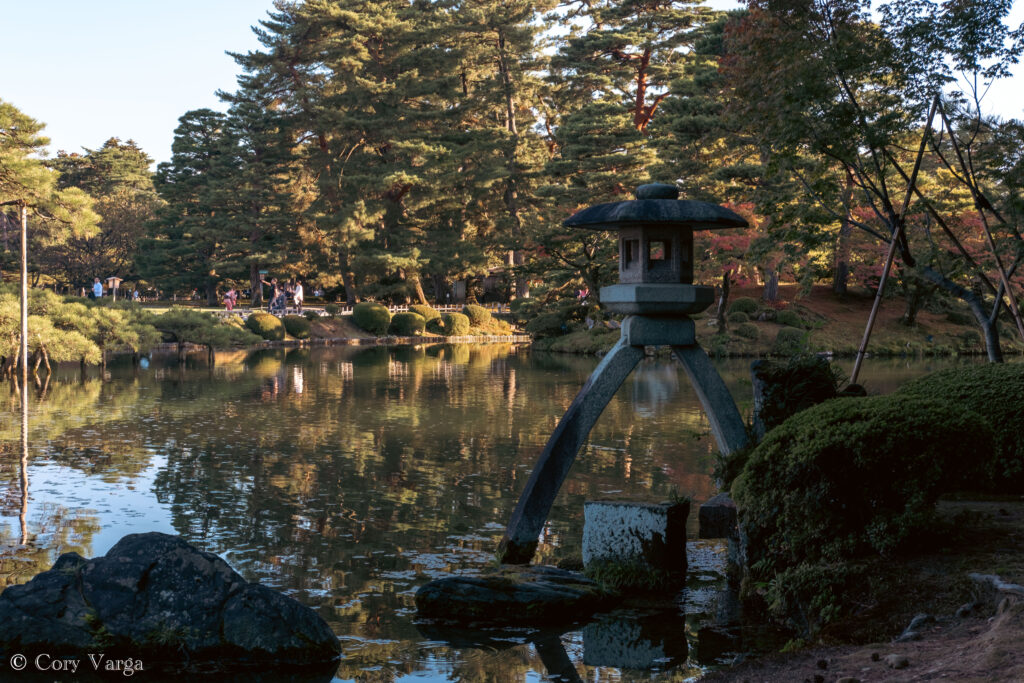
Stroll through Kenrokuen Garden
Admission Fee: 320 yen
Opening Hours: 7:00 – 18:00 (Mar – 15 Oct) | 8:00 – 17:00 (16 Oct – Feb)
Kenrokuen is considered one of Japan’s three most beautiful landscape gardens, and people from all over the world come to Kanazawa specifically to see it.
The name Kenrokuen, means Garden of the Six Sublimities, referring to spaciousness, seclusion, artificiality, antiquity, abundant water, and broad views, which are characteristics of a perfect garden. And let me tell you, it really does look sublime and worth a visit.
Don’t miss the most photographed spot right in front of the Kotoji Toro (Stone Lantern) which is an icon of the city and the garden. Chances are, you’ve seen it before on postcards and famous photographs from the region.
The garden is located next to Kanazawa Castle, and it was developed from the 1620s to the 1840s by the Maeda Clan. Many come to see it during the cherry blossom season, but in my opinion, it looks best in the autumn when the leaves start to turn.
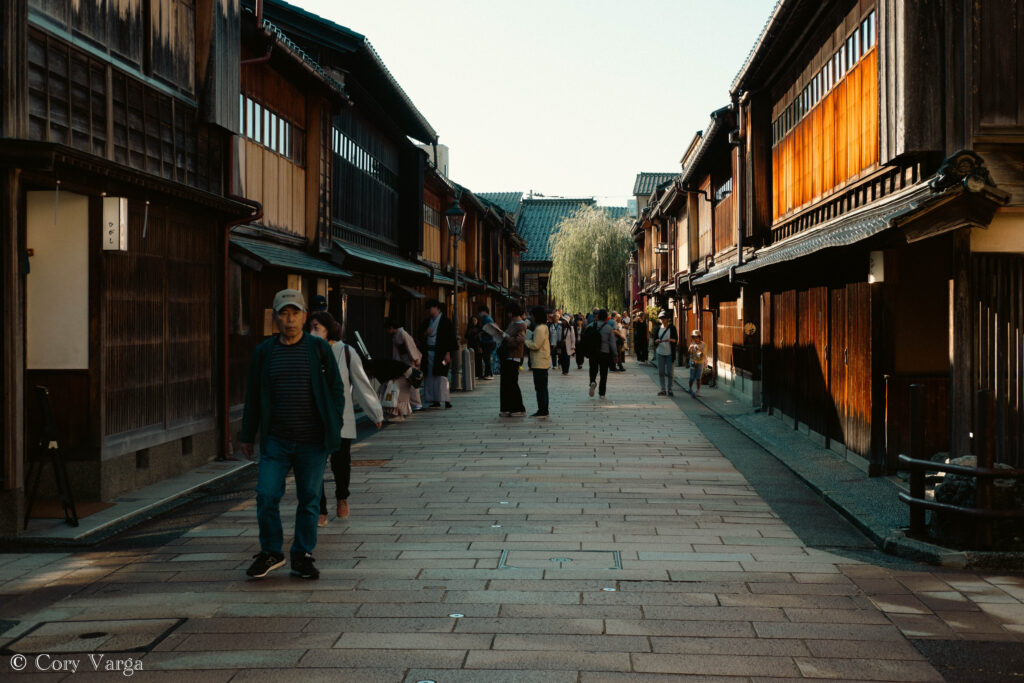
Explore Higashi Chaya District
Higashi Chaya District is one of the most charming areas in Kanazawa with traditional teahouses, where geisha have entertained guests with music and dance since the Edo period. Many of the these teahouses are well preserves and in use still to this day.
This historical district features rows of wooden-latticed buildings along narrow lanes. Beyond its beauty and aesthetics, Higashi Chaya District is a fantastic place to get local foods. You’ll notice that some teahouses have been converted into traditional restaurants and shops.
In some of the teahouses, you can actually rent a kimono and dress up in traditional silks for the day, a perfect activity if you’re looking to take stunning photos in such a beautiful historic district.
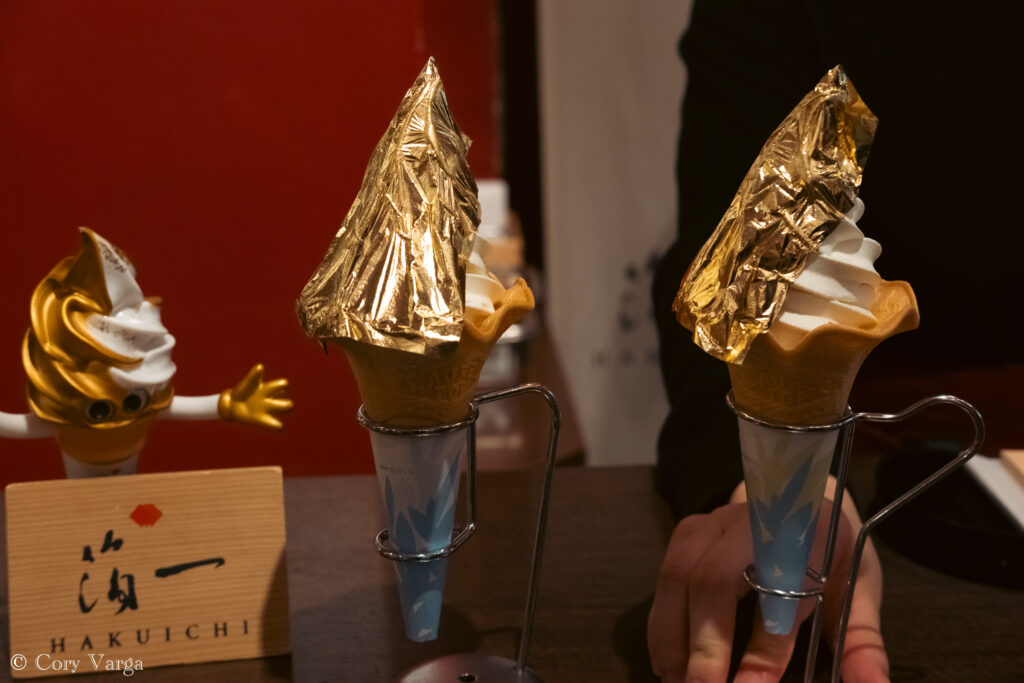
Don’t miss:
Hakuichi Higashiyama – A gold leaf souvenir shop that specializes in creamy Hokkaido ice cream with gold leaf on it. There is almost always a queue here, but hands down, it’s the best ice cream I’ve ever had.
Chayu – A remarkable tearoom with ice creams and seasonal sweets.
Sample delicacies at Omicho Market
Opening Time: 9:00 – 17:00, daily
Omicho Market has been the city’s largest fresh food market since the Edo period. The market has over 200 stalls full of fresh produce, including local oysters, which are shockingly double in size than anything I’ve ever seen before. And yes, they are incredibly delicious and creamy, a must-try.
Our hotel in Kanazawa was just across the Omicho Market, giving us quick and easy access to the freshest seafood in the city. Remember to bring Japanese yen with you as most places accept cash only.
Don’t miss crab and yellowtail if you visit in November, as they are the star attraction during the late autumn, freshly caught from the Sea of Japan.
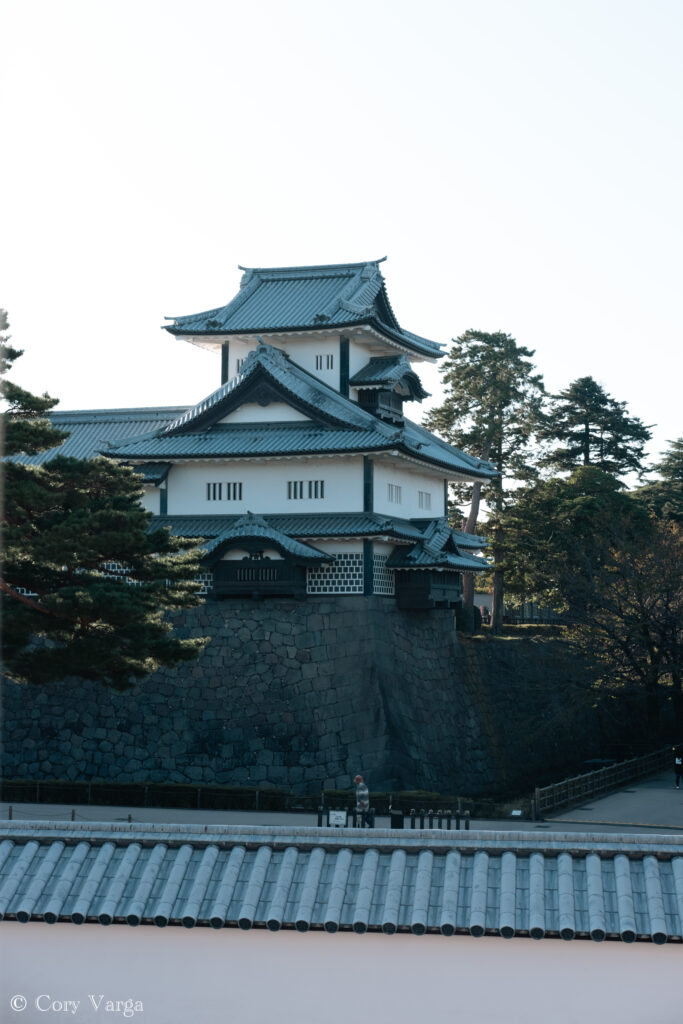
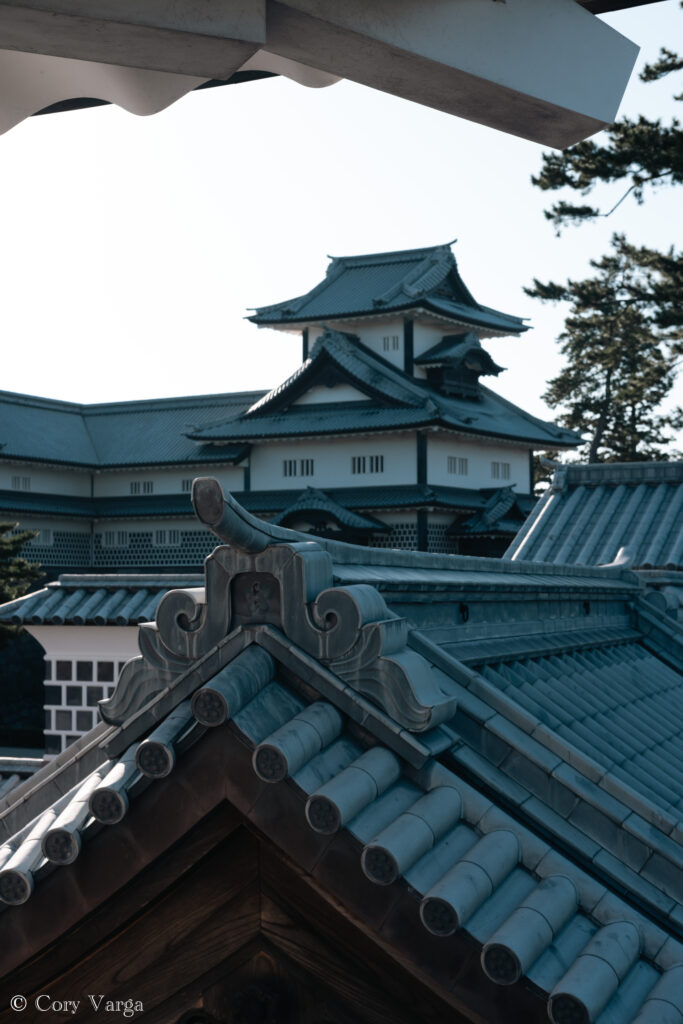
Discover Kanazawa Castle’s history
Opening Time: 9:00 – 16:30, daily
Admission Fee: 310 yen
Kanazawa Castle is a top attraction primarily for its historical significance. The Maeda Clan lived here rom the late 1500s until the end of the Edo period in 1868 and played an important role in the region’s history.
Enter the castle ruins and explore the restored structures that showcase traditional Japanese wooden construction and stonework techniques, which are rare and fascinating. Admire the Ishikawa-mon Gate and the Hashizume-mon Gate, both historical and restored impressive gates.
The castle is surrounded by a large park called the Kanazawa Castle Park. It’s free to enter and enjoy and it features a mini landscape garden near the castle.
The Kanazawa castle park is also a venue for cultural events and festivals. During the sakura season, there are short periods when the castle is open free of charge for hanami (cherry blossom viewing).
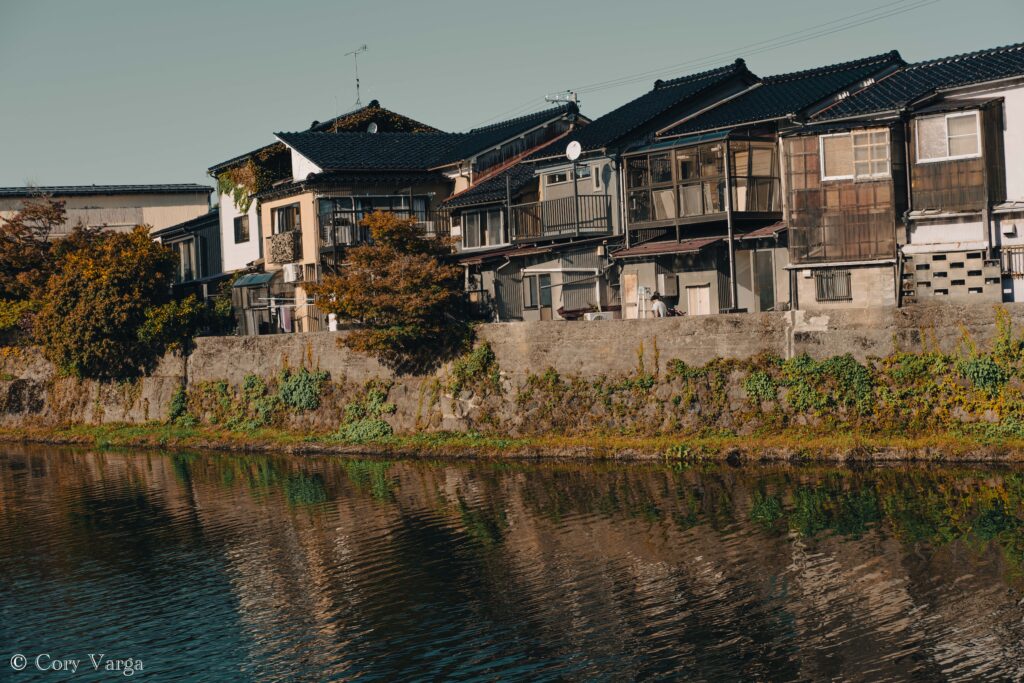
Uncover cultural insights in Nishi Chaya District
Nishi Chaya is a smaller preserved district by the Sai River, located in the western part of the city. This area also features beautifully preserved chaya houses, which are exclusive teahouses where guests are entertained by geisha performances, similar to Higashi district.
Nishi Chaya offers a small but informative district museum, the Nishi Chaya Shiryokan Museum. This museum provides insights into the history and culture of the geisha and chaya houses in Kanazawa, complete with displays of musical instruments and traditional attire, and it’s a less crowded alternative to its eastern counterpart.
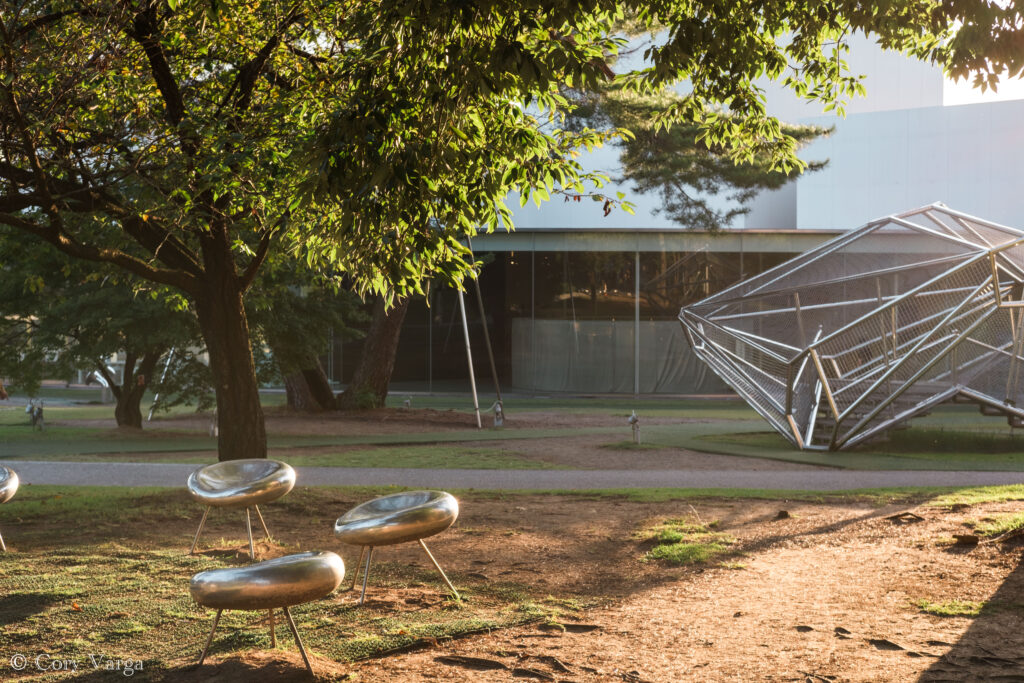
Engage with art at the 21st Century Museum of Contemporary Art
Opening Time: 10:00 – 18:00 (Sun – Thur); 10:00 – 20:00 (Fri – Sat)
Admission Fee: Free
The 21st Century Museum of Contemporary Art has a unique architectural style and circular layout, designed to promote an open and accessible approach to art.
I believe the architecture of the museum itself is an artwork. It comes with expansive glass walls that maximize natural lighting to enhance the display of exhibits. Outside, colorful plastic sheets invite you to explore how light transforms through different hues.
One of the most iconic pieces in the museum is Leandro Erlich’s Swimming Pool, where you can look down into what appears to be a full pool of water with people walking underneath the surface.
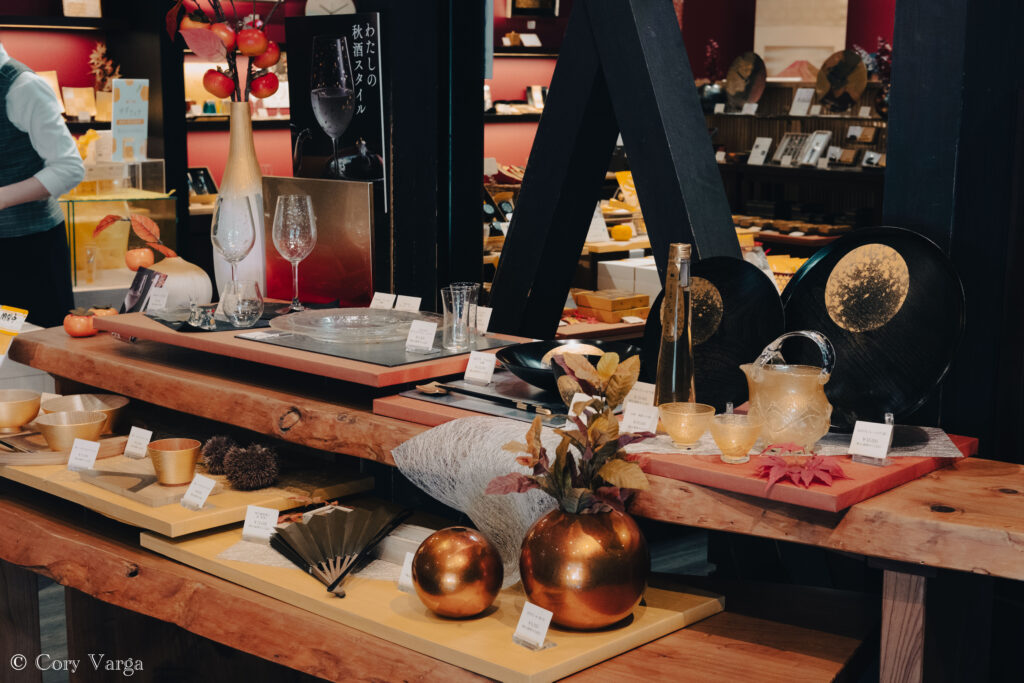
Learn about the craft at the Kanazawa Yasue Gold Leaf Museum
Opening Time: 09:30 – 17:00 (Wed – Mon)
Admission Fee: 310 yen
A trip to Kanazawa will immediately reveal that gold leaf production is an integral part of the city’s cultural heritage. It’s everywhere, in shops, foods and on display. In fact, Kanazawa is renowned for producing approximately 99% of Japan’s gold leaf, making this museum particularly significant.
The Gold Leaf Museum educates about the process of making gold leaf but also highlights its importance in Japanese art and craftsmanship.
Don’t miss the demonstration of gold leaf application, which shows the skill and precision required in handling such a delicate material.
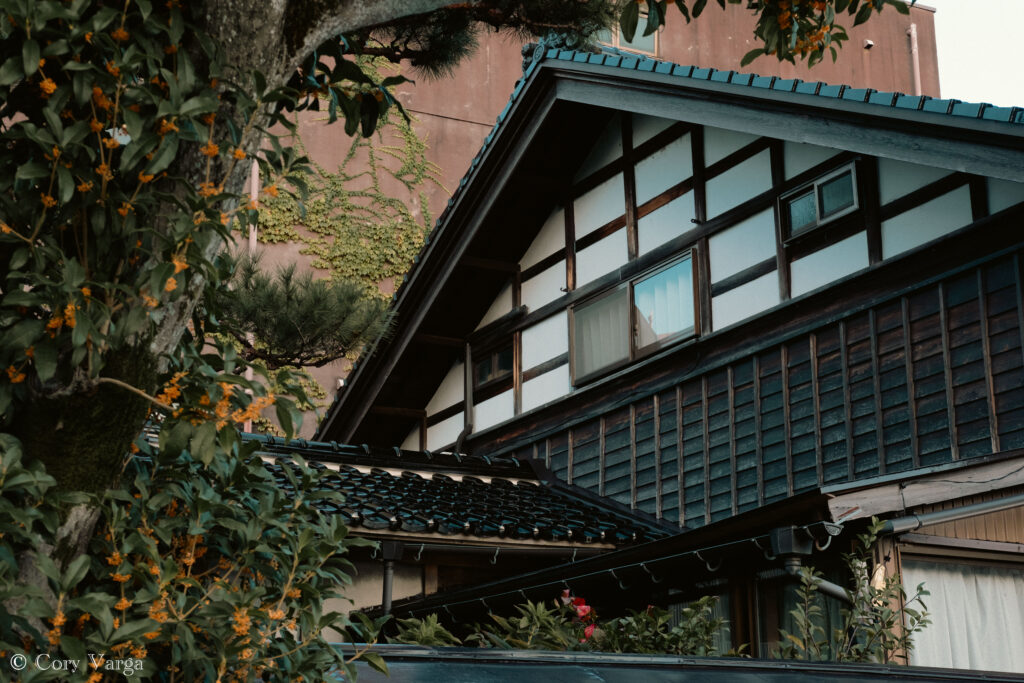
Wander along the picturesque Kazuemachi Chaya District
Kazuemachi Chaya District is another of Kanazawa’s traditional entertainment districts, located along the Asano River. Kazuemachi is particularly charming for its atmospheric night views.
The stone-paved streets and traditional lantern lighting along the river create a picturesque scene that seems almost frozen in time. Asanogawa Bridge links Kazuemachi Chaya District to Higashiyama Chaya District and it’s a great photo spot during sakura season or at night.
Don’t miss:
Mayuzuki – Day time cafe in a historic house which sells delicious sandwiches and mochi balls.
Musashi – Izakaya (casual Japanese gastropub to enjoy a variety of small dishes and alcoholic beverages like beer and sake).
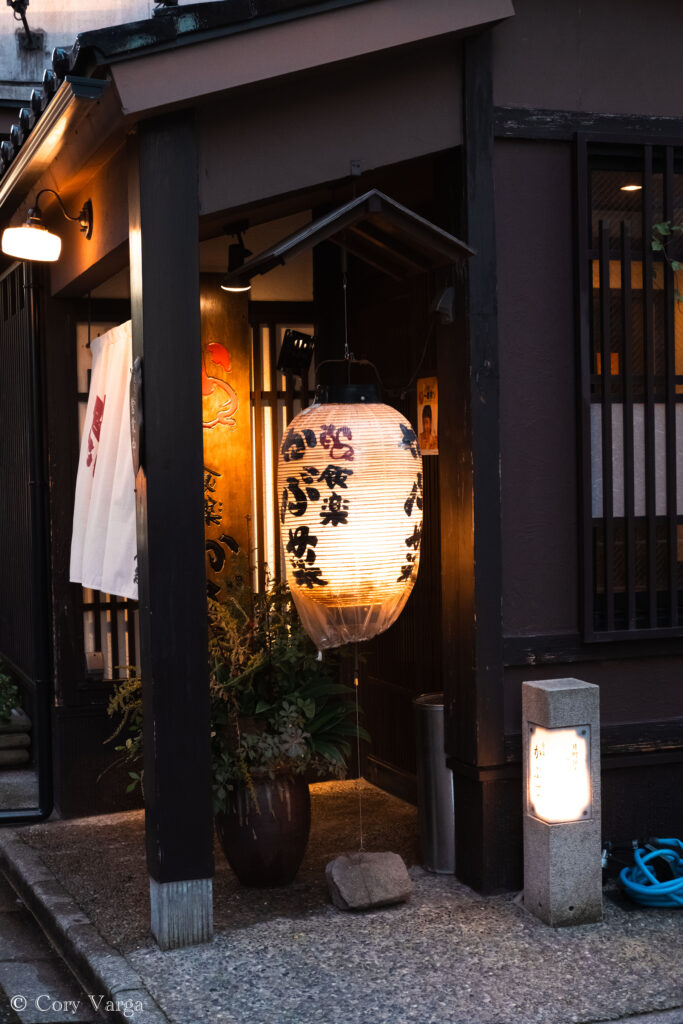
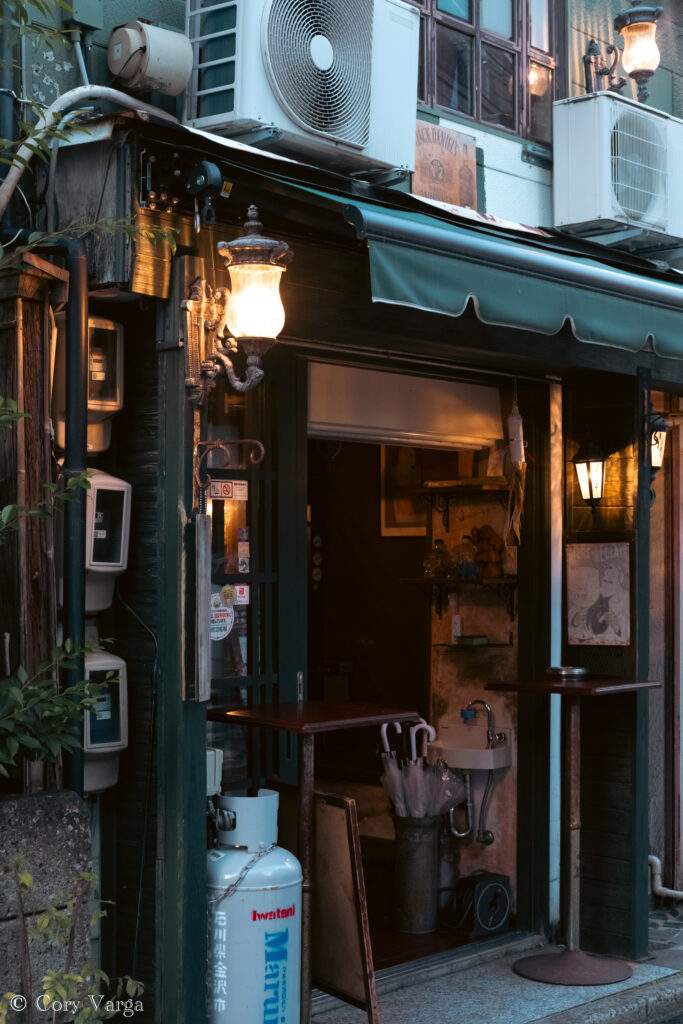
Immerse in samurai history at Nagamachi Samurai District
The Nagamachi District, also known as the Samurai District, is located at the base of the former Kanazawa Castle. It was historically the living area for samurai. This district is famous for its traditional samurai houses, or buke yashiki, which feature distinctive wooden lattice doors and carefully maintained private gardens.
A key attraction here is the Nomura Family House, a beautifully restored samurai residence that’s open to visitors. If you love history, don’t miss the Samurai Museum in Nagamachi which offers insights into samurai culture with its collection of artifacts, armor, and weapons, alongside detailed displays about the daily lives and responsibilities of samurai.
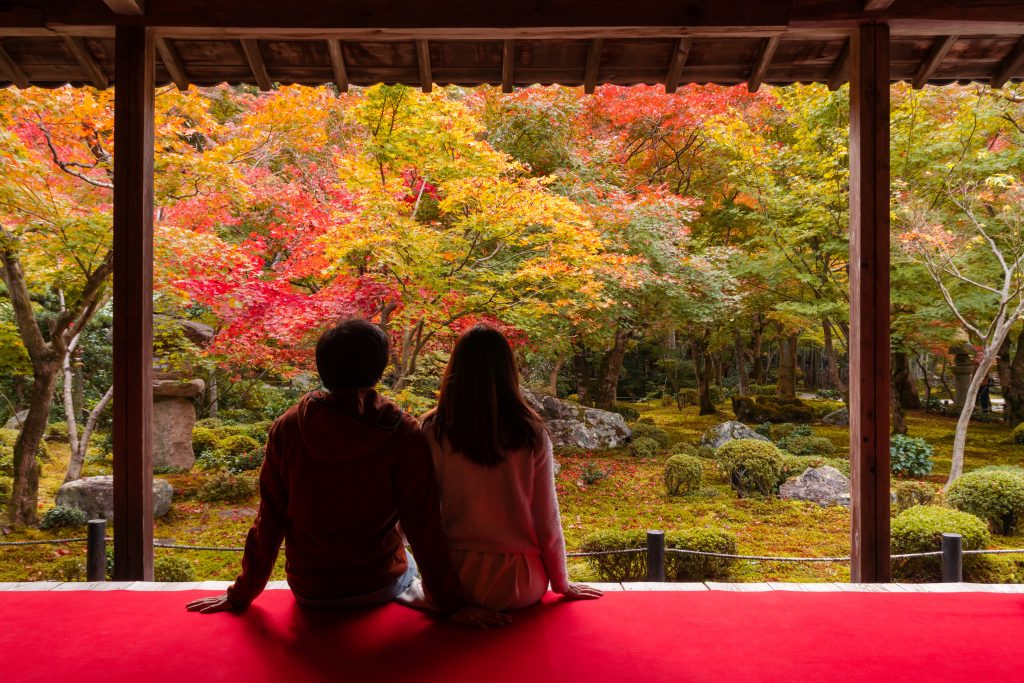
Appreciate the Nomura-ke Samurai Residence
Opening hours: 8:30 – 17:30, daily
Admission fee: 550 yen
One of the most beautiful attractions in Kanazawa is the Nomura-ke Samurai Residence, a restored samurai home with one of the most beautiful gardens I’ve ever seen. The residence originally belonged to the Nomura family, a high-ranking samurai family. After the decline of the samurai in the late 19th century, the home fell into disrepair. It was later restored and opened to the public as a museum.
The residence is a classic example of samurai architecture and design, complete with tatami rooms and sliding doors, but it’s the garden that’s the highlight of any visit. The garden features a small waterfall, a koi pond, and perfectly placed stones and plants that create a serene setting.
Inside, the house displays various samurai artifacts, armor, and personal items that belonged to the Nomura family.
Unwind at Manten no Yu
Open until 23:00
Entrance fee: 780 yen (+500 yen for optional bedrock bath)
Kanazawa is blessed with hot springs, which is why the city has several hotels with onsen onsite. If you booked accommodation without a hot spring, don’t worry, as you can visit the Manten no Yu which is a popular onsen open to the public.
Manten no Yu offers a variety of baths, including large indoor baths, open-air baths, and saunas. The water is sourced from local natural hot springs, known for their healing properties, particularly beneficial for the skin and overall health. The facility also features a relaxation lounge, massage services, and a dining area serving local cuisine.
Please note: Entrance is strictly prohibited for those with tattoos.
Men and Women have separate bathing areas. You can see the different bathing areas on the official site.
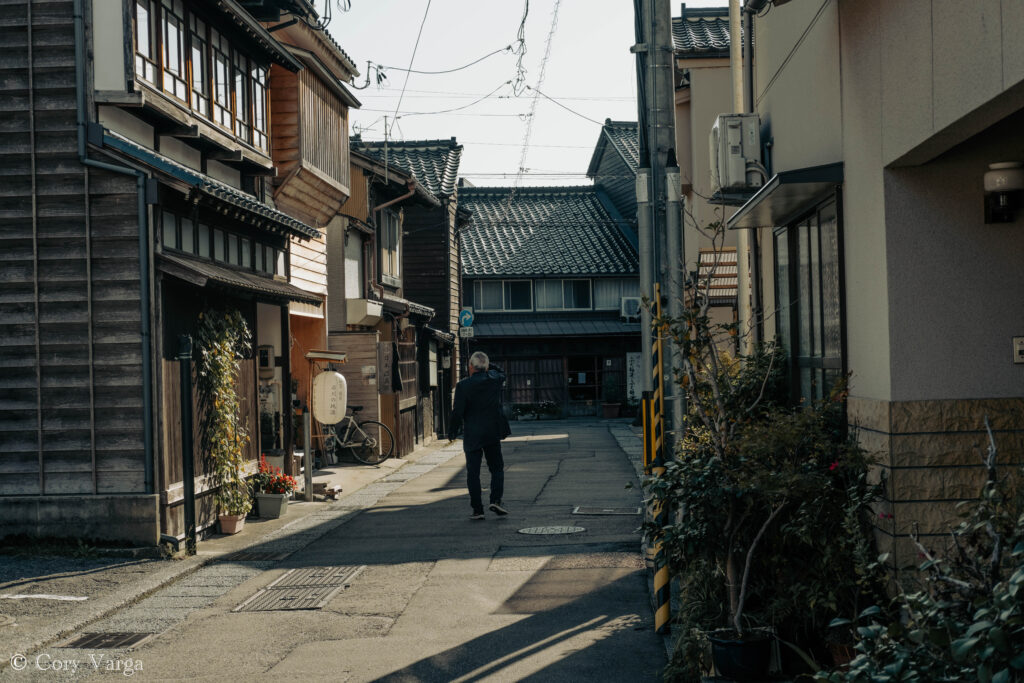
Admire regional craftsmanship at Ishikawa Prefectural Museum of Art
Opening hours: 9:30 – 18:00, daily
Admission fee: 1000 yen
The Ishikawa Prefectural Museum of Art has a special focus on local crafts and arts, such as Kutani porcelain, Kaga yuzen silk dyeing, and Kanazawa gold leaf.
When visiting, don’t miss the museum’s collection of Kutani ware, a type of brightly colored porcelain that is one of Ishikawa’s most famous crafts. The museum also hosts special exhibitions and seasonal displays that often focus on specific aspects of local craftsmanship.
For me, the top activity in this museum was visiting Le Musée de H Kanazawa, a pastry shop located within the museum. They serve fantastic cakes that look and taste incredible, worthy of being on the actual display of the museum themselves.
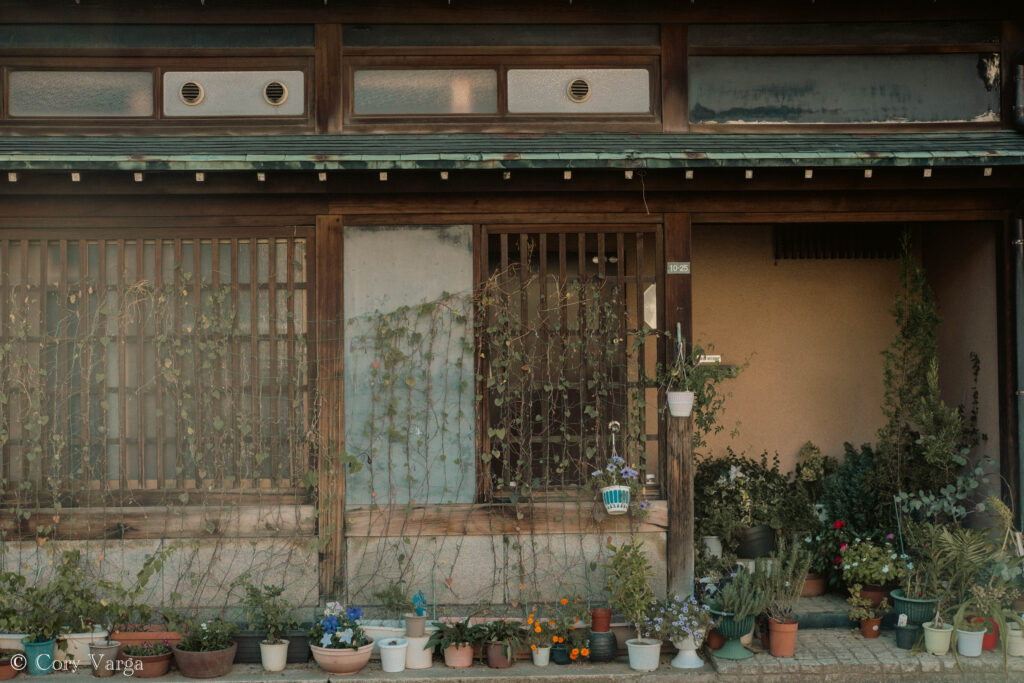
Investigate hidden defenses at Myouryuji (Ninjadera Temple)
Opening hours: 9:00 – 16:00, daily
Admission fee: 1200 yen
Myouryuji was originally built in 1585 and later relocated to its current site in 1643 by the Maeda lords. It is a Buddhist temple designed with complex security features to protect its occupants from intruders.
Despite the name, this temple has nothing to do with ninjas. It’s called Ninja temple because of its deceptive defenses and cleverly designed traps, which are reminiscent of ninja ingenuity.
Don’t miss the guided tour, which is the only way to explore the temple and learn about its secrets. The tour highlights features like the hidden staircases that lead nowhere, secret rooms, and a view of what appears to be a six-story structure but is, in fact, only four stories due to its deceptive construction. Tours are held every 30-60 minutes from 9:00 to 16:00 and advanced reservations are a must. If you want to make a reservation, you need to call 076-241-0888.
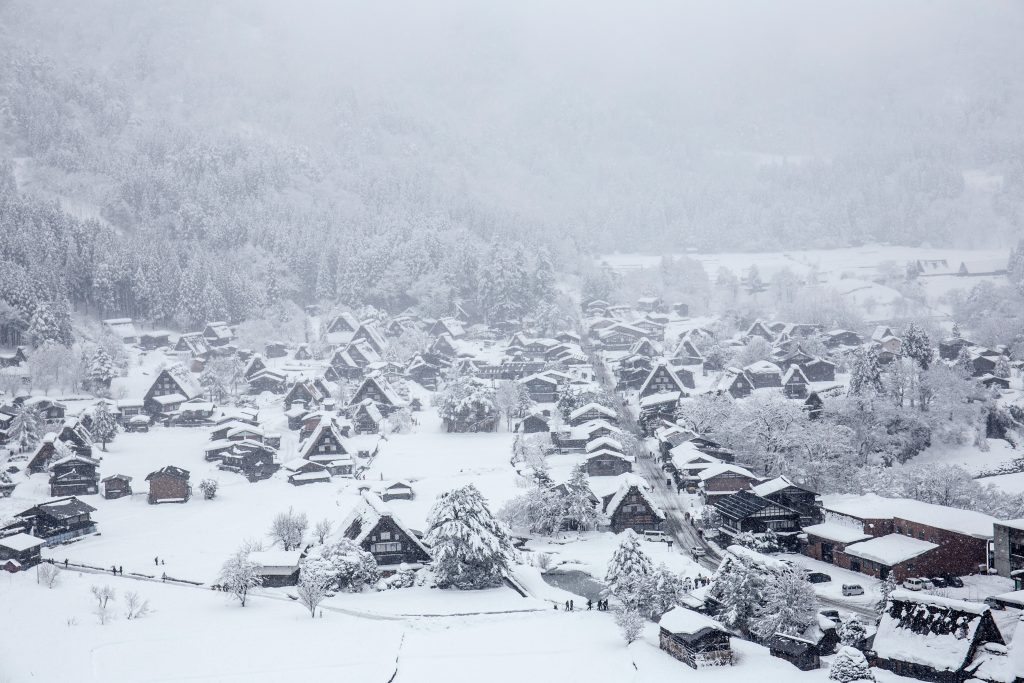
Take a side trip from Kanazawa
Kanazawa is full of things to do as you can see, but many people stay in Kanazwa for a few days and use it as a base to explore some of the nearby attractions too. Here are some of the best areas to explore from Kanazawa.
Shirakawa-go
Distance: 75 minutes by bus.
Famous for its traditional gassho-zukuri farmhouses, some of which are over 250 years old. The village is a UNESCO World Heritage Site and offers a picturesque view of rural Japan. Don’t miss the Shiroyama Viewpoint for stunning views of the village.
Takayama
Distance: 2 hours by bus or train.
Takayama is known as Little Kyoto and some incredibly charming streets lined with sake breweries, artisan shops, and traditional restaurants. Make sure to visit the morning markets and the Takayama Jinya, a historic government house.
Noto Peninsula
Distance: 2 hours by car (how to rent a car in Japan)
You’ll see rugged coastlines, charming seaside villages, and beautiful terraced rice fields. Visit the Wajima Morning Market and try your hand at lacquerware painting in Wajima, famous for its lacquerware crafts.
Toyama
Distance: 1 hour by train.
Toyama is the gateway to the Tateyama Kurobe Alpine Route, famous for its spectacular mountain scenery and the iconic snow corridor. I recommend planning this trip well in advance as it’s very popular with tourists. While in Toyama, visit the Toyama Glass Art Museum and the stunning Kansui Park.
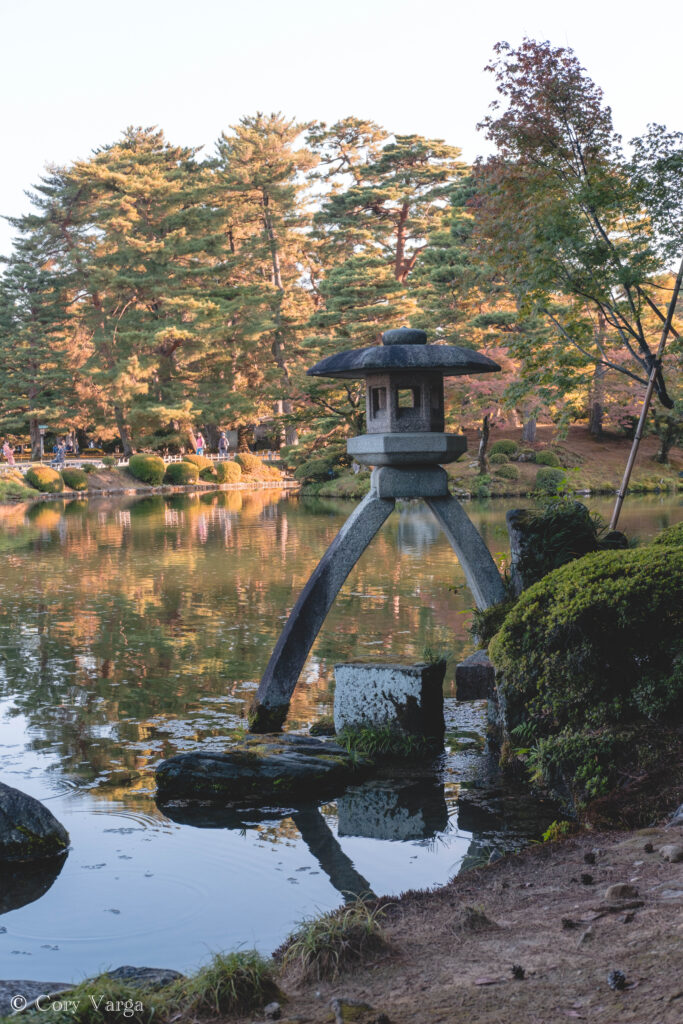
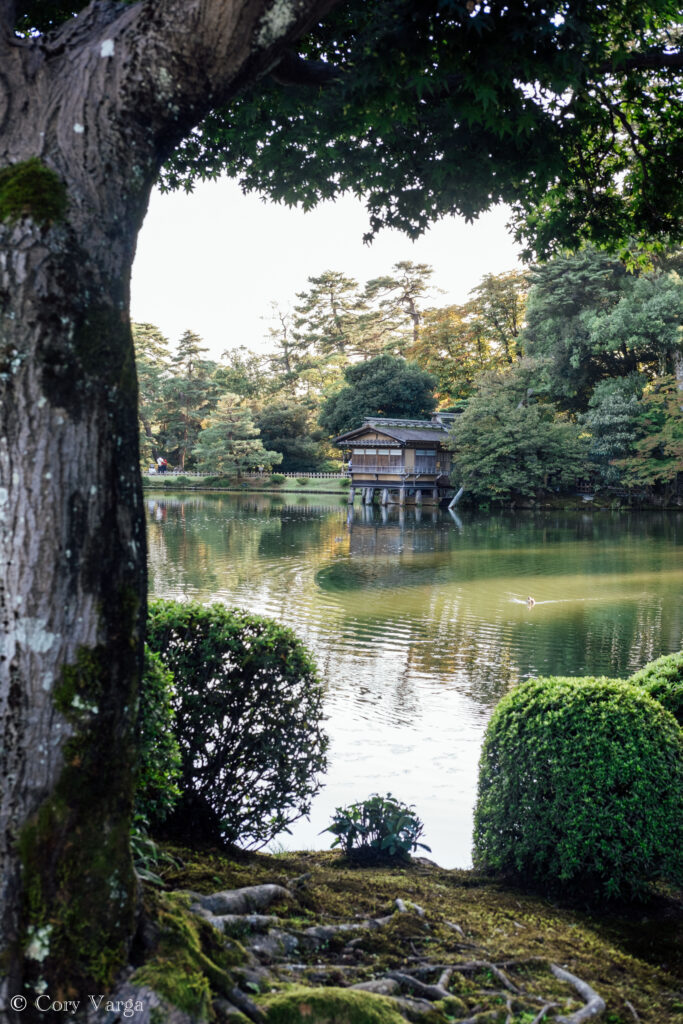
When to Visit Kanazawa
While spring and autumn are often considered the best times to visit due to the favorable weather and scenic beauty, each season in Kanazawa has its own charm.
Spring is popular for its cherry blossom season, usually peaking in early April. The city’s gardens, such as Kenrokuen, are spectacular during this time. Spring weather is generally mild, making it comfortable for exploring.
Summer is warm and humid, with temperatures climbing into the high 20s or low 30s Celsius (80s Fahrenheit). It’s a good time to enjoy local festivals, such as the Hyakumangoku Festival in June.
Autumn brings stunning fall colors, and it’s my favorite time to visit Kanazawa as well as the rest of the Japan. Kenrokuen Garden is again a highlight, with its maples and ginkgos turning vivid shades of red and yellow.
Winters are cold, with snowfall that blankets the city in white. It’s a glorious time to see the chiya districts in Kanazawa as they look straight out of a perfect postcard.
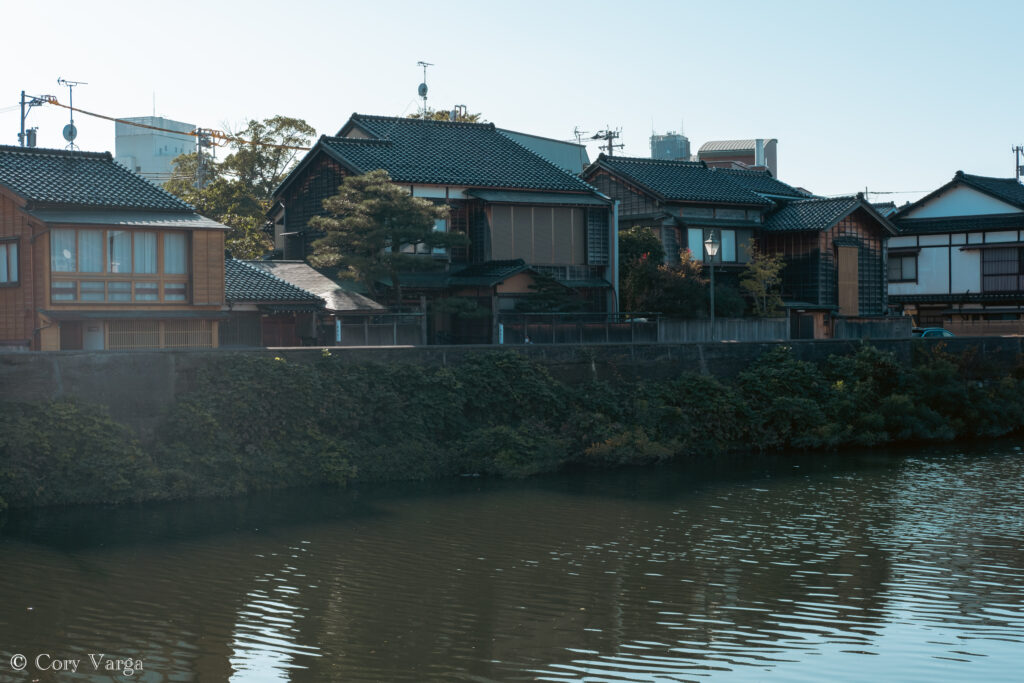
How many days do you need in Kanazawa?
Two full days in Kanazawa are ideal to be able to see all the main highlights in the city. You’ll see the top attractions, enjoy the local food, get souvenirs and even have some time to try an onsen and see a couple of museums. If you wish to also take some day trips from Kanazawa to Shirakawa-go, then you’ll want to stay at least 3-4 days.
Frequently Asked Questions
What is famous in Kanazawa?
Most people come to Kanazawa for the Kenrokuen garden and the Higashi Chaya district, known for its well-preserved Edo houses. Kanazawa is also very famous for its gold leaf, producing over 99% of all gold leaf in Japan. You can even buy ice cream with gold leaf on it.
Is Kanazawa a day trip?
Kanazawa cannot be done as a day trip from Tokyo because the train trip alone takes around 2.5 hours one way. It’s best to spend at least 2 full days in Kanazawa to really appreciate its beauty and get to see all its incredible highlights like the Kenrokuen garden, the Kanazawa Castle and the Edo-period districts.
Is Kanazawa cheap or expensive?
Kanazawa is very affordable for a couple of nights. You can easily find 4-star hotels in the region of $150 per night which come with onsen and breakfast included. Restaurants and food in general are similar in price with those in Tokyo. Kanazawa is much cheaper than Kyoto.
Can you do a day trip from Kanazawa to Takayama?
You can take a day trip from Kanazawa to Takayama but it does require some heavy planning. The journey between the two cities takes about 2 hours each way by bus or train, which means you’ll spend around 4 hours traveling in total.
Direct buses run between Kanazawa and Takayama, offering a scenic route through the mountains. This can be the most straightforward way to travel directly between the two cities.
You can also take a train from Kanazawa to Toyama, and then switch to the JR Hida Limited Express to Takayama.

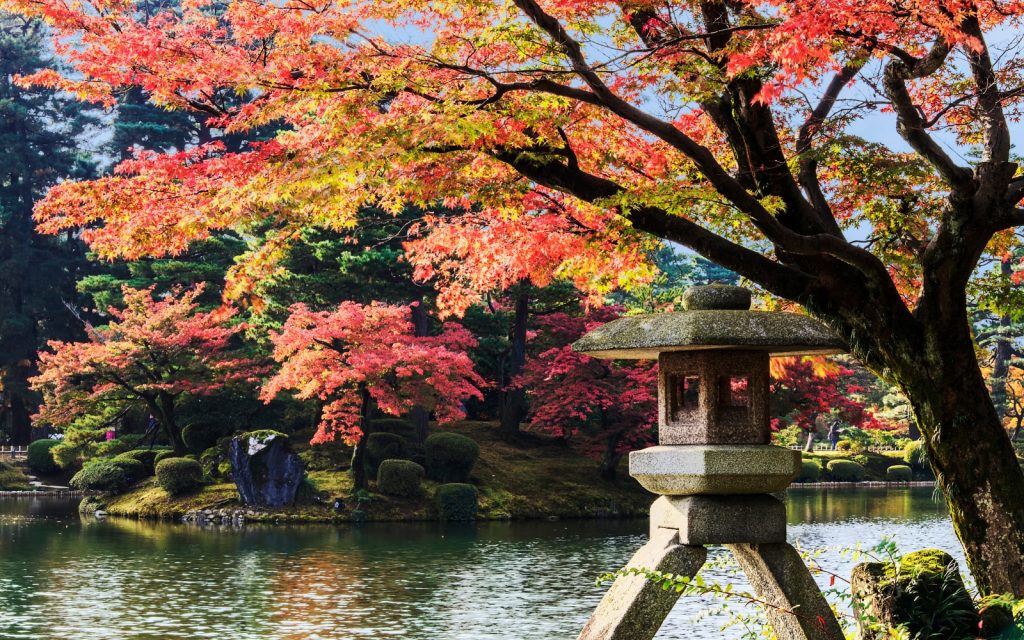
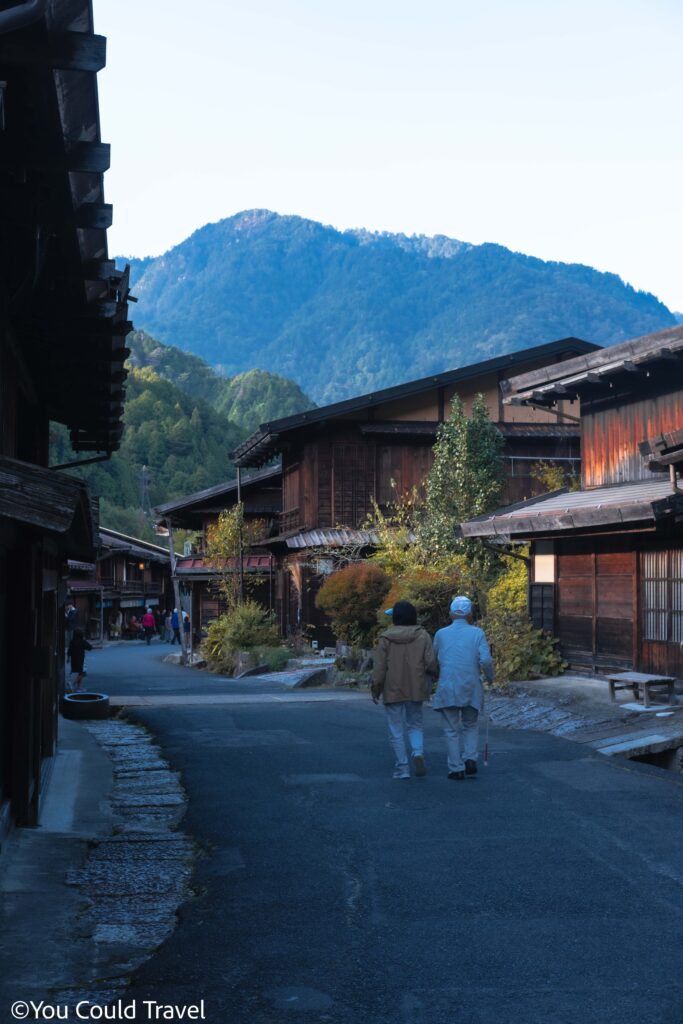

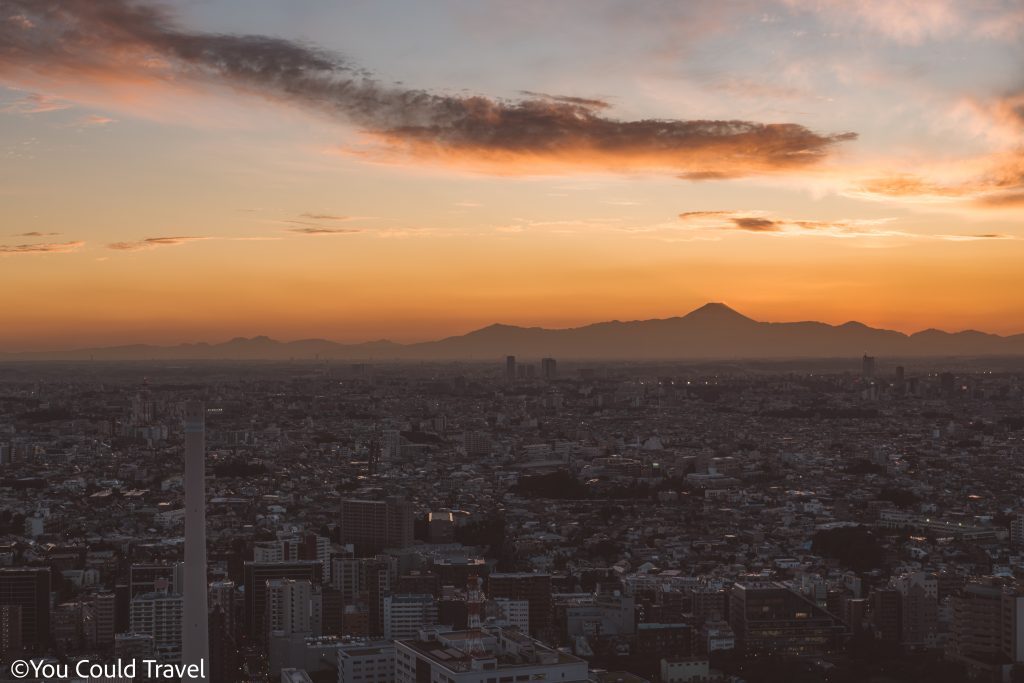
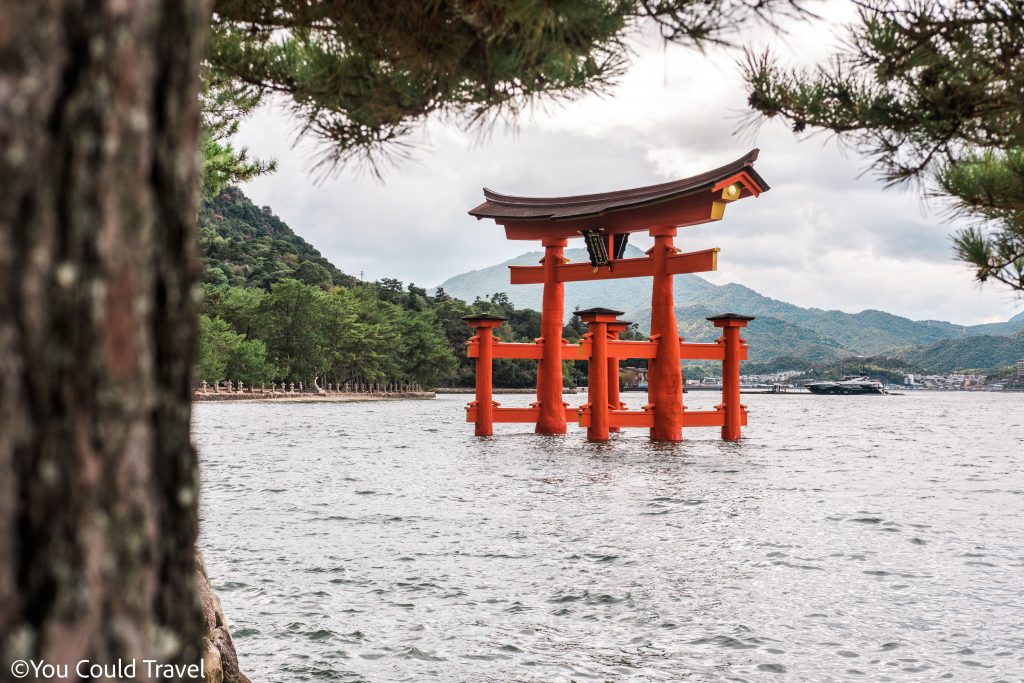
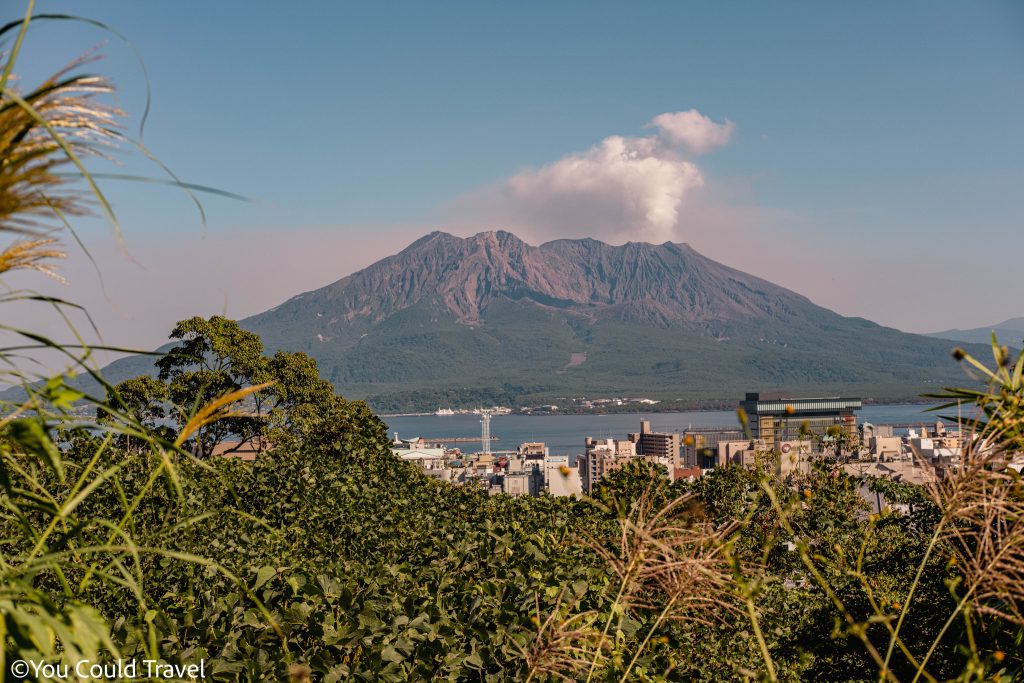
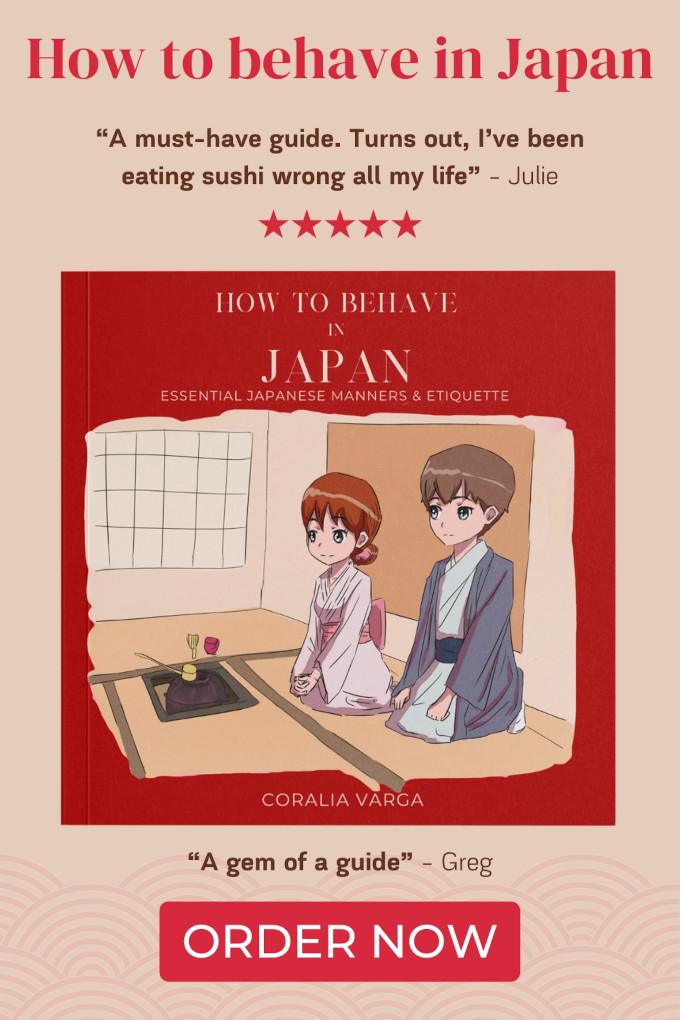

Leave a Reply